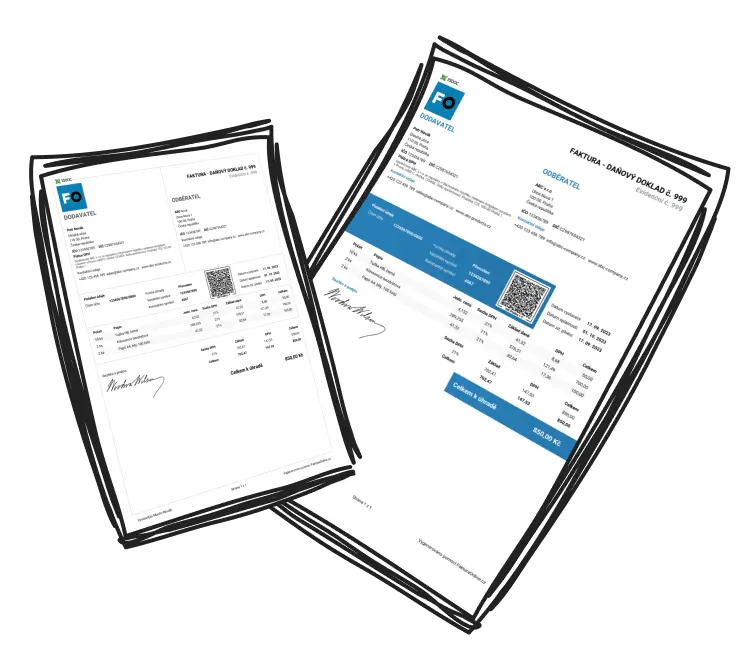Understanding Automated Estimates and Their Role in Business Efficiency
Automated estimates are technology-driven cost assessments, incorporating algorithms and data inputs to transform traditional estimation methods effectively. Unlike manual estimates, which often involve spreadsheets and human calculations, automation uses pre-set templates, pricing models, or historical data to produce immediate and error-free quotes.
This automated estimation process evaluates crucial factors like labor, materials, overheads, helping create tailored client quotes efficiently. Automation ensures high precision, reduces the time spent on generating estimates, and allows businesses to customize quotes with factors like regional pricing or discounts. By simplifying a once time-consuming process, automated estimates empower businesses to respond quickly to inquiries, ultimately enhancing client satisfaction.
Definition
Automated estimates are cost assessments generated by technology to deliver fast, accurate, and customized quotes for clients.
The Mechanics of Automated Estimates in Modern Business
Automated estimate systems combine predefined parameters, algorithms, and real-time data to deliver accurate, efficient estimates. These tools are often integrated into software platforms connected to CRM (Customer Relationship Management) or ERP (Enterprise Resource Planning) systems.
Input Data: Users provide key details such as project scope, material requirements, labor hours, and deadlines through a digital interface.
Dynamic Calculations: The system processes this data by cross-referencing pricing tables, historical data, or customer-specific discounts.
Customizable Output: A fully formatted quote or estimate is generated, ready for further customization or immediate sharing with the client.
Most modern tools include AI and machine learning capabilities, refining the process over time for greater accuracy. Additional features like real-time collaboration, automated follow-ups, and visual representations (e.g., graphs or breakdowns) make these tools even more user-friendly.

Example
A construction company uses an automated tool to instantly calculate costs for labor, materials, and project completion timelines. The system generates a formatted, professional estimate that can be sent directly to the client within minutes.
The Vital Role of Automated Estimates in Facilitating Swift Client Approvals
Automated estimates help businesses shorten approval timelines by addressing common bottlenecks in the quote process.
Speed: Automation generates estimates in minutes, reducing client wait times and expediting decisions.
Accuracy: Pre-set algorithms eliminate human errors, improving content reliability.
Trust: Detailed, professional-looking quotes foster confidence in your services.
Transparency: Clear cost breakdowns minimize client doubts.
Collaboration: Real-time delivery ensures agile communication between teams and clients.
By eliminating delays and creating precise, easy-to-read estimates, businesses can speed up approval workflows, boost client trust, and increase conversion rates.
Key Benefits
Faster estimates save time, improve accuracy, and present a polished, professional image that clients are more likely to approve quickly.
Essential Tools Revolutionizing Automated Estimates
Businesses have access to several tools tailored for automating estimates, each offering unique features to suit different industries:
Procore: Ideal for construction, offering project cost estimation and management tools.
QuoteWerks: Built for IT and service industries, with robust proposal-generation features.
QuickBooks Estimates: Offers flexible estimation tools combined with broader financial tracking for small businesses.
HubSpot CPQ: Enterprise-grade software for automated estimates integrated with CRM lead management.
PandaDoc: Useful for subscription-based businesses, featuring templates and e-signature options.
Pricemoov: AI-powered platform for dynamic pricing and real-time data adaptation.
JobBOSS²: Tailored for industrial operations, connecting inventory, labor, and materials directly to the quoting system.

Choosing the Right Tool
Pick a tool that matches your business's size, industry, and integration needs while balancing costs and functionality.
Strategies for Effective Implementation of Automated Estimates in Business
To successfully integrate automated estimates into operations, businesses should follow these steps:
Audit Your Current Process: Map out current workflows and identify inefficiencies to determine what needs improvement.
Select the Right Tool: Evaluate software options based on industry relevance, ease of use, and compatibility with existing systems.
Integrate with Existing Systems: Synchronize the tool with CRM, ERP, or inventory software to maintain data accuracy and streamline calculations.
Train Your Team: Educate employees on how to use the tool effectively, including customization features and system troubleshooting.
Test with Incremental Rollout: Conduct small-scale tests before full implementation to ensure all elements work seamlessly.
Gather Feedback and Optimize: Continuously monitor and refine the system based on user input and results.

Warning
Be prepared for potential resistance to change from employees or software compatibility issues; ensure solid training and thorough integration planning to avoid disruptions.
By carefully planning each step of implementation, businesses can maximize the benefits of automated estimates, leading to faster approvals, happier clients, and greater operational efficiency.


